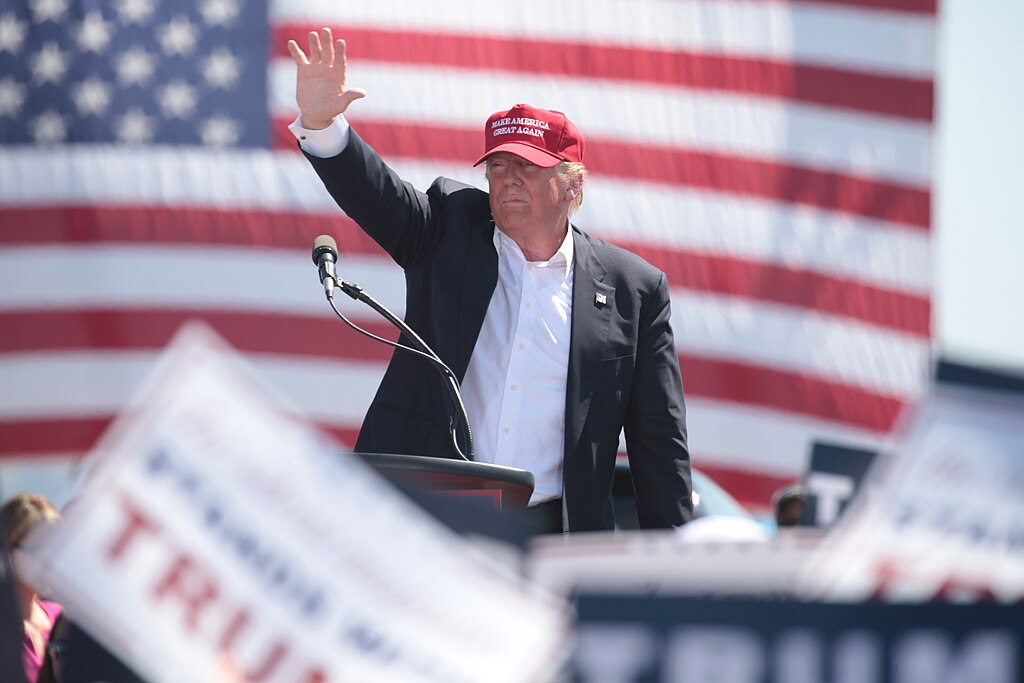As President Donald Trump begins his new term in 2025, the skyrocketing costs of childcare have become a critical issue for millions of American families. Experts and advocacy groups are closely watching Trump’s administration for actionable solutions to alleviate the financial burden parents face while raising young children.
Tax Credits for Families: A Lifeline or a Band-Aid?
Trump's administration has proposed expanding childcare tax credits as a key initiative to help families cope with rising costs. Under this plan, eligible families could receive increased tax deductions or direct financial relief to offset childcare expenses. White House officials have highlighted the program as a way to encourage workforce participation among parents, particularly mothers who often leave the workforce due to exorbitant childcare costs.
Critics, however, argue that tax credits may not be enough to tackle the root causes of the crisis. Advocacy groups have pointed out that without measures to regulate the pricing of childcare services, relief may be temporary and insufficient. Additionally, concerns about the accessibility of tax benefits for lower-income families have sparked debates among policymakers.
Supporters of the initiative emphasize that tax credits are a proven method for stimulating economic growth and empowering families. “This administration understands the pressures families face, and we’re committed to reducing their financial burdens,” a senior official stated during a recent briefing.
Investing in Childcare Infrastructure
In addition to tax credits, Trump has pledged to invest in expanding the nation’s childcare infrastructure. His administration plans to allocate federal funds to increase the availability of affordable daycare centers and provide incentives for employers to offer onsite childcare services. These efforts aim to address the shortage of accessible childcare options, which often forces parents to rely on costly alternatives.
While the proposed investments have been well-received by some, skeptics warn that implementation may take years, leaving families with little immediate relief. Childcare providers have also raised concerns about staffing shortages and low wages, which could hinder the expansion of facilities despite federal funding.
Advocates have called for a comprehensive approach, urging the administration to combine infrastructure investments with workforce development programs to train and retain qualified childcare professionals. Without addressing these underlying issues, they argue, any investment in facilities may fail to meet growing demand.
Public Reactions: Hopeful Yet Cautious
Social media has been abuzz with reactions to Trump’s childcare policies, with opinions ranging from cautious optimism to outright skepticism:
- @MomLifeMatters: “Finally, some attention to childcare! Hope these tax credits actually help families like mine.”
- @FamilyFirst2025: “Great to see childcare in the spotlight, but we need more than just promises. Action is overdue!”
- @PolicyCritic87: “Tax credits are a start, but without addressing price gouging, they won’t solve the real issue.”
- @AffordableCareNow: “Federal investments sound great, but how long will families have to wait for results?”
- @ParentAdvocate: “Trump needs to tackle low childcare worker wages if he wants this plan to work.”
- @WorkingMomWarrior: “Relief can’t come soon enough. Let’s hope this isn’t just another political stunt.”



 UN General Assembly Demands Russia Return Ukrainian Children Amid Ongoing Conflict
UN General Assembly Demands Russia Return Ukrainian Children Amid Ongoing Conflict  U.S.-Russia Talks Leave Ukraine Peace Efforts Uncertain
U.S.-Russia Talks Leave Ukraine Peace Efforts Uncertain  Israel Receives Body of Deceased Hostage as Rafah Crossing Reopening Hinges on Final Returns
Israel Receives Body of Deceased Hostage as Rafah Crossing Reopening Hinges on Final Returns  U.S. Expected to Expand Travel Ban to More Than 30 Countries
U.S. Expected to Expand Travel Ban to More Than 30 Countries  IMF Deputy Dan Katz Visits China as Key Economic Review Nears
IMF Deputy Dan Katz Visits China as Key Economic Review Nears  U.S. Repatriation Flight Carrying 266 Venezuelan Migrants Lands in Caracas
U.S. Repatriation Flight Carrying 266 Venezuelan Migrants Lands in Caracas  U.S. Justice Department Orders Intensified Probe Into Antifa and Domestic Extremist Groups
U.S. Justice Department Orders Intensified Probe Into Antifa and Domestic Extremist Groups  Australia Progresses AUKUS Review as U.S. Affirms Strong Support
Australia Progresses AUKUS Review as U.S. Affirms Strong Support  Trump Administration Halts Immigration, Green Card, and Citizenship Processing for 19 Countries
Trump Administration Halts Immigration, Green Card, and Citizenship Processing for 19 Countries  Maduro Confirms “Respectful” Call With Trump, Signals Openness to Diplomatic Dialogue
Maduro Confirms “Respectful” Call With Trump, Signals Openness to Diplomatic Dialogue  Trump Claims He Will Void Biden Documents Signed with Autopen
Trump Claims He Will Void Biden Documents Signed with Autopen  Trump’s Name Appears on U.S. Institute of Peace Ahead of Rwanda–Congo Deal Signing
Trump’s Name Appears on U.S. Institute of Peace Ahead of Rwanda–Congo Deal Signing  Honduras Election Turmoil Intensifies as Nasralla Blames Trump for Shift in Results
Honduras Election Turmoil Intensifies as Nasralla Blames Trump for Shift in Results  Trump and Lula Discuss Trade, Sanctions, and Security in “Productive” Phone Call
Trump and Lula Discuss Trade, Sanctions, and Security in “Productive” Phone Call  California Launches Portal for Reporting Alleged Misconduct by Federal Immigration Agents
California Launches Portal for Reporting Alleged Misconduct by Federal Immigration Agents  Cuba Reaffirms Anti-Drug Cooperation as Tensions Rise in the Caribbean
Cuba Reaffirms Anti-Drug Cooperation as Tensions Rise in the Caribbean  Trump Administration Tightens H-1B Visa Vetting With New Focus on Free Speech and Censorship
Trump Administration Tightens H-1B Visa Vetting With New Focus on Free Speech and Censorship 



























